Faeze Kiani
Surface abnormality detection in medical and inspection systems using energy variations in co-occurrence matrixes
Oct 14, 2022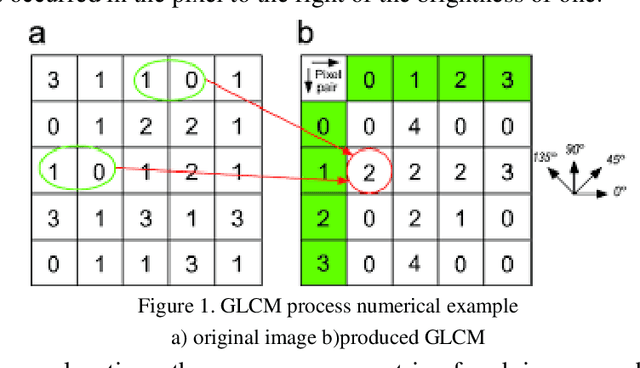
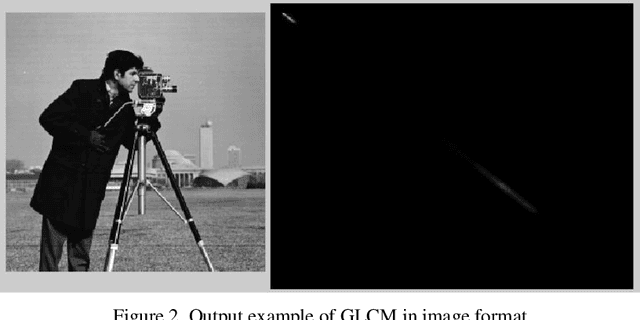
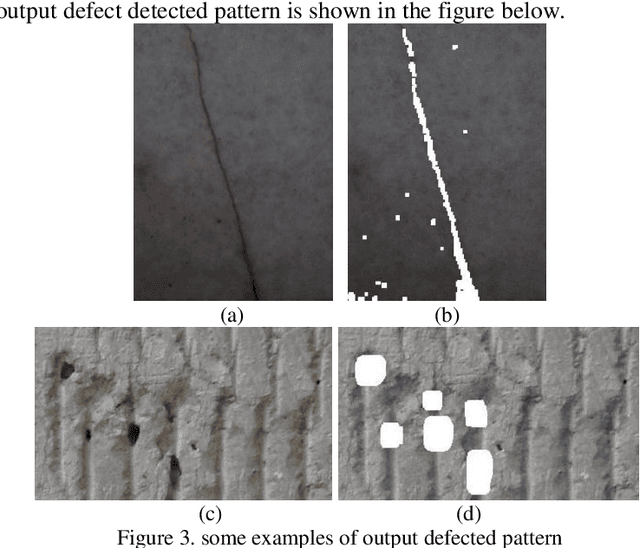
Abstract:Detection of surface defects is one of the most important issues in the field of image processing and machine vision. In this article, a method for detecting surface defects based on energy changes in co-occurrence matrices is presented. The presented method consists of two stages of training and testing. In the training phase, the co-occurrence matrix operator is first applied on healthy images and then the amount of output energy is calculated. In the following, according to the changes in the amount of energy, a suitable feature vector is defined, and with the help of it, a suitable threshold for the health of the images is obtained. Then, in the test phase, with the help of the calculated quorum, the defective parts are distinguished from the healthy ones. In the results section, the mentioned method has been applied on stone and ceramic images and its detection accuracy has been calculated and compared with some previous methods. Among the advantages of the presented method, we can mention high accuracy, low calculations and compatibility with all types of levels due to the use of the training stage. The proposed approach can be used in medical applications to detect abnormalities such as diseases. So, the performance is evaluated on 2d-hela dataset to classify cell phenotypes. The proposed approach provides about 89.56 percent accuracy on 2d-hela.
Texture image analysis based on joint of multi directions GLCM and local ternary patterns
Sep 05, 2022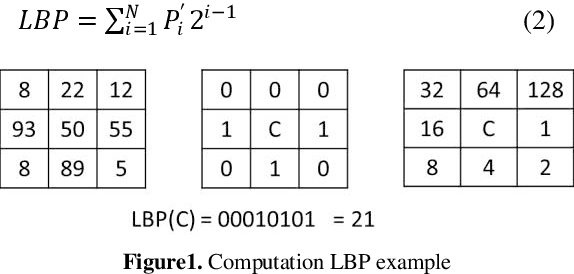
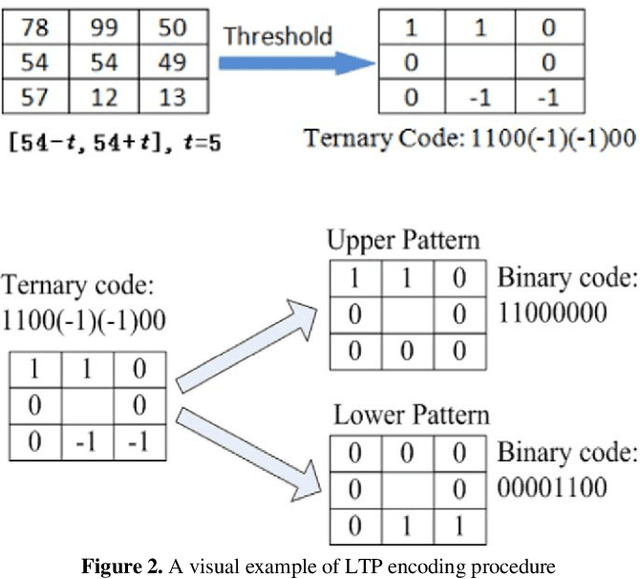

Abstract:Human visual brain use three main component such as color, texture and shape to detect or identify environment and objects. Hence, texture analysis has been paid much attention by scientific researchers in last two decades. Texture features can be used in many different applications in commuter vision or machine learning problems. Since now, many different approaches have been proposed to classify textures. Most of them consider the classification accuracy as the main challenge that should be improved. In this article, a new approach is proposed based on combination of two efficient texture descriptor, co-occurrence matrix and local ternary patterns (LTP). First of all, basic local binary pattern and LTP are performed to extract local textural information. Next, a subset of statistical features is extracted from gray-level co-occurrence matrixes. Finally, concatenated features are used to train classifiers. The performance is evaluated on Brodatz benchmark dataset in terms of accuracy. Experimental results show that proposed approach provide higher classification rate in comparison with some state-of-the-art approaches.
Texture features in medical image analysis: a survey
Aug 02, 2022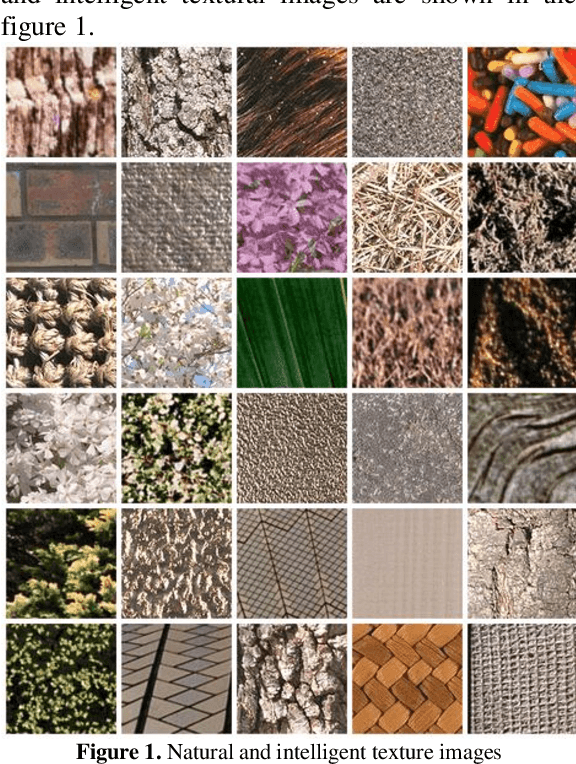
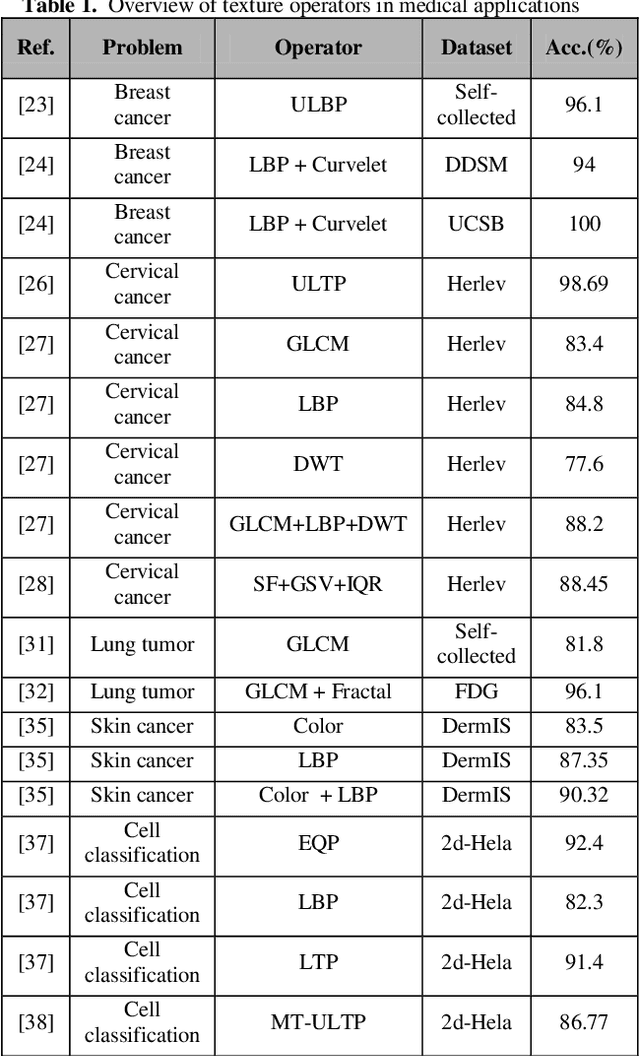
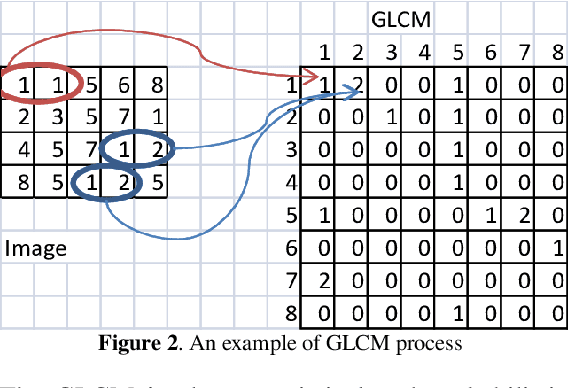
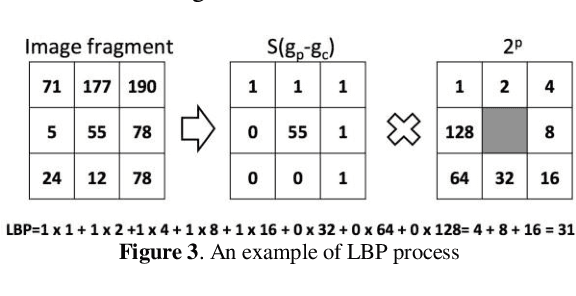
Abstract:The texture is defined as spatial structure of the intensities of the pixels in an image that is repeated periodically in the whole image or regions, and makes the concept of the image. Texture, color and shape are three main components which are used by human visual system to recognize image contents. In this paper, first of all, efficient and updated texture analysis operators are survived with details. Next, some state-of-the-art methods are survived that use texture analysis in medical applications and disease diagnosis. Finally, different approaches are compared in terms of accuracy, dataset, application, etc. Results demonstrate that texture features separately or in joint of different feature sets such as deep, color or shape features provide high accuracy in medical image classification.
 Add to Chrome
Add to Chrome Add to Firefox
Add to Firefox Add to Edge
Add to Edge